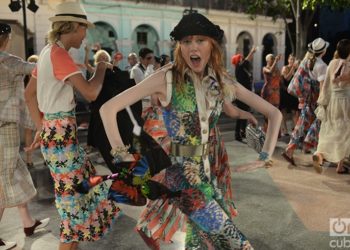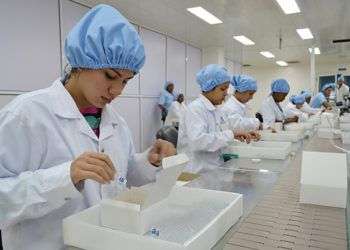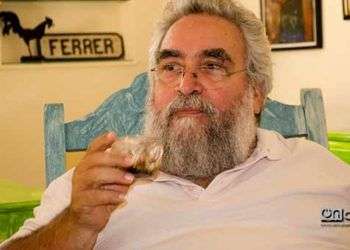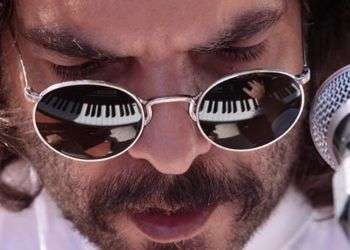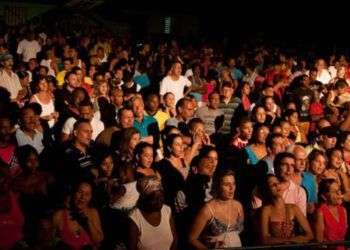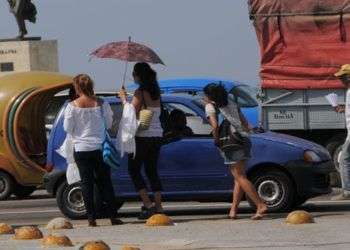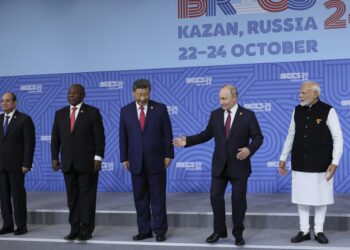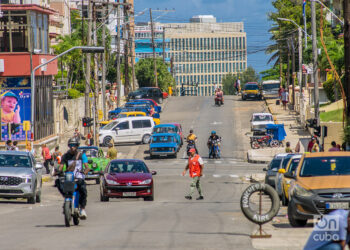Chanel to the Rhythm of the Conga
A “historic and mischievous revolution that will last in the annals of the house’s spring ritual.” That’s how Chanel described her fashion show of the Cruise 2016-2017 Collection in Cuba. The avant-garde brand of world fashion was in Havana, and the Paseo de Prado was the scenario chosen to present the Cruise 2016-2017 Collection. Karl Lagerfeld, designer and artistic director of Chanel, is used to producing grand set designs for his presentations. This time, the city itself served as the entire decoration. Tobacco, tropical vegetation, bright colors, rumba, “almendrones” were the Cuban motifs alluded to by the fashion Kaiser. The thread of the collection was the reinterpretation of the guayabera shirt, which Lagerfeld named “the Cuban tuxedo”. The style of La Maison and Cuban fashion were combined and were present in the same peculiar runway. More controversial signs would be the play on words implicit in the slogan “Viva Coco / Cuba libre,” stars, berets and clothes of military inspiration. The participants in the fashion show had left from the Hotel Nacional de Cuba to the intersection of Prado and Neptuno streets, in Old Havana, moved by a caravan of more than 150 classic automobiles, convertibles, in pastel colors. In...

